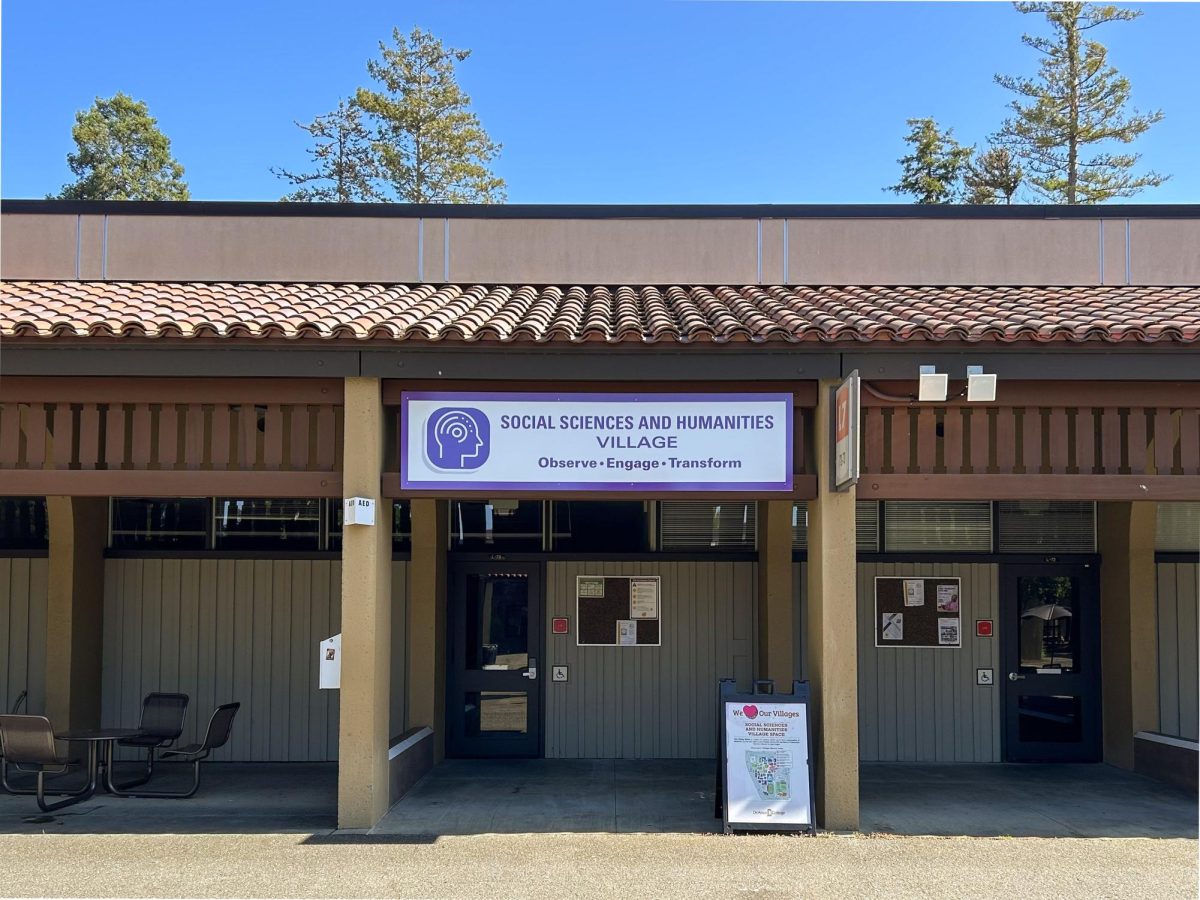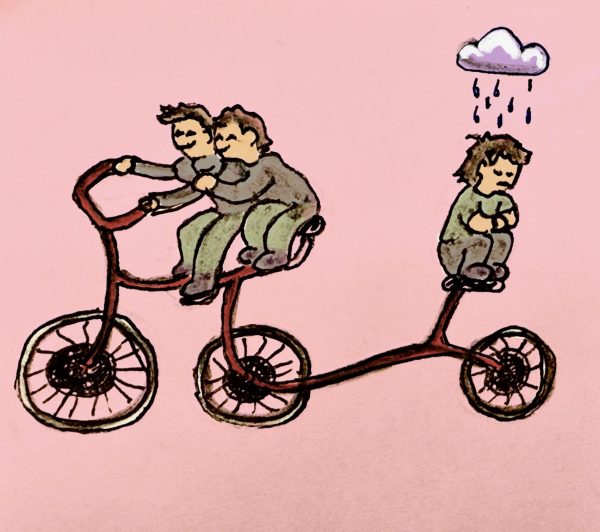Pluses and minuses vital to fair grading
October 6, 2014
Even though only 9 percent of California Community Colleges use a plus and minus grading scale, De Anza College should keep using plus/minus grades because a majority of students benefit from the higher GPA points awarded to plus grades.
Using the scale also prepares students for transfer because 21 out of 23 CSU campuses and 9 out of 10 UC campuses use the plus/minus scale.
The best reason De Anza should stick to the policy is it properly prepares students for the academic environment they will be transferring into.
The current system works well for De Anza, but some parts could be improved.
Foothill and De Anza should establish standardized criteria for grades and for separating pluses and minuses that all faculty and students can follow.
Instead of some classes starting A minuses at 94 percent while other classes start A minuses at 92 percent, there needs to be a uniform grading scale that applies to all classes.
This will reduce the possibility of subjectivity and the perception of unfairness. A student’s GPA should not be dependent on which professor they took their English class with.
When the Foothill-De Anza Academic Senates asked the Board of Trustees to approve the plus and minus grades proposal in 2006, their stated reasons were:
- The system is consistent with that used at UC/CSU campuses
- It reflects faculty members’ belief that that they can distinguish between B and B+ work
- It will reduce the grade inequities that result from using only base letter grades
- It will recognize student efforts that fall short of a full letter grade.
When the change was first proposed in 2006, the DASB senate opposed the idea.
Students argued a plus and minus scale would lower overall grades for average students. They questioned faculty’s belief that teachers can accurately separate B from B+ work and claimed the system encouraged subjective decisions by instructors.
Some students threatened to leave Foothill-De Anza for colleges that don’t use the plus/minus scale.
But enrollment statistics showed that this threatened exodus never came to pass.
In his open letter to the FHDA Board of Trustees, acc President Dan Mitchell defended the plus/minus scale writing that the “adoption of plus/minus grade options is fundamentally about fairness to students.”
While acknowledging that a “small but elite group of Foothill and De Anza students who earn straight A’s may end up with a few A minus grades instead,” Mitchell said, “It is elitist to base a decision about grading that affects all students on the concern of this small group.”
He said that there was “no evidence” to support the view that the plus/minus system would be abused by faculty or that it would lower overall grades for average students and negatively impact transfer rates by driving away high achieving students.
Eight years after the scale’s adoption at Foothill and De Anza, the plus/minus grading system appears to be working well.
Plus/minus grades will reduce, if not eliminate, both the possibility of subjectivity and the perception of unfairness.
Let’s keep pluses and minuses, but let’s create a system where there is no possibility of subjectivity..

























